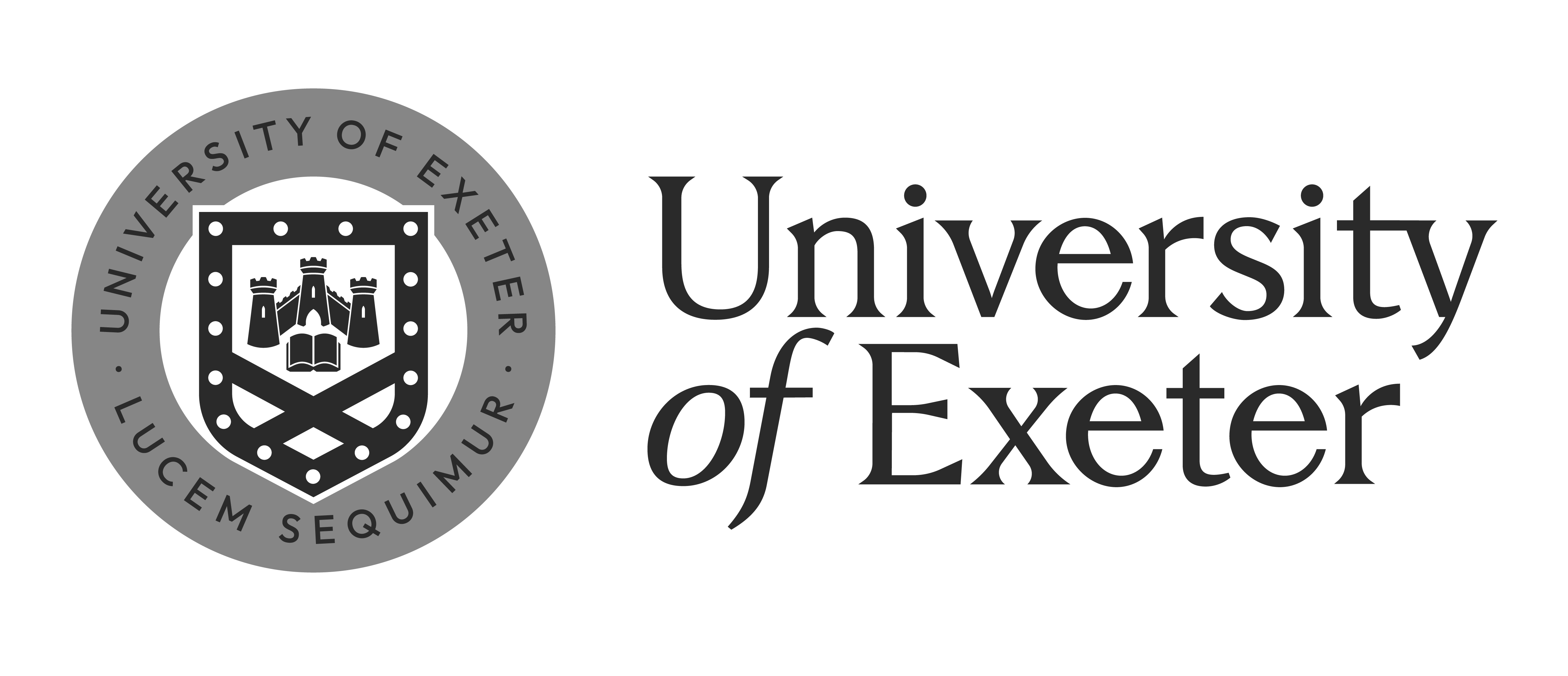S2514 Food Systems in Changing Environments
Professors
Schedule
Course description
This course should offer participants an occasion to move from a typically modern concern with the consumption of food – its taste and presentation, structures of diet and dining rituals – to the ways in which food systems are embedded in changing environments – in particular ecologies, patterns of cultivation, and the social organization of agrarian societies. At the same time, it should also discuss how culinary preferences imposed themselves on environments, already exemplified by the cerealization of northern Europe in the central Middle Ages. We should look into cases of premodern local adaptation, notably in the case of the Abbasid agricultural revolution that introduced East Asian and, in particular, Indian plants, medical and culinary knowledge to the Middle East, as well as colonial contexts in which settlers radically modified local environments and their ecology.
Learning outcomes
The course roughly follow a chronological order; participants are not expected to acquire detailed knowledge of previous historical epochs but realize the potential for broadening their horizons by analysing comparable sets of problems in different contexts. The focus is on developing critical reflection and research skills: 1) understanding the evolution of food systems as changing articulations of production and consumption; 2) see how man-made environments shaped culinary preferences and were in turn shaped by relations of power and domination; 3) critically reflect on the largely forgotten historical processed that had shaped current ecological concerns and conceptions of “natural” food.
Teaching and evaluation methods
The course is based on intensive class discussions of research literature and different types of evidence. Participants would be required to combine critical reading of the literature with collecting materials for class discussions. Since food is a seemingly all-too-familiar object, participants would be invited to discuss what they experience as strange or unfamiliar and to reflect on their own experience (‘at home’ and ‘abroad’) in light of the historical examples
discussed. The final assignment, to be discussed in class before being submitted, will not focus on the readings but on students’ own projects.
Evaluation will be based on class participation (40%), a short interim written assignment (20%), and a final written assignment (40%).
Bibliography
The provisional plan is roughly chronological. The list only includes research literature and does not list textual and other evidence for joint analysis. In the course of the seminar, we might skip some case studies and introduce topics that participants wish to engage in (see description). The list only includes research literature and not different sorts of evidence to be discussed in class.
A. Introductory Reading: Traditional Food Systems in Agrarian Societies
1. Sidney W. Mintz, “Food Patterns in Agrarian Societies: The Core-Fringe-Legume "Hypothesis" (CLF Conference ‘Dietary Protein: Options for the Future’ (2001) [PDF]
2. Massimo Montanari, The Culture of Food (Oxford: Blackwell, 1994), chapter 1, pp. 1–21
B. Adapting Mediterranean Foods to Northern Europe
3. Massimo Montanari, The Culture of Food (Oxford: Blackwell, 1994), chapter 1, pp. 21– 55
C. Medieval Colonization
4. Robert Bartlett, The Making of Europe: Conquest, Colonization and Cultural Change, 950–1350 (London: Penguin, 1994), pp. 24–60
D. The Cerealization of Europe
5. Marc Bloch, “What is a seigneurie?”, in “The Rise of Dependent Cultivation and Seigniorial Institutions”, Cambridge Economic History of Europe (Cambridge: Cambridge University Press, 1941), vol. 1, pp. 235–7
6. Bartlett, “The New Landscape”, in The Making of Europe: Conquest, Colonization and Cultural Change, 950–1350, pp. 133–66
E. From India to Baghdad: The Arab Agricultural Revolution
7. Andrew M. Watson, Agricultural Innovation in the Early Islamic World: The Diffusion of Crops and Farming Techniques, 700–1100 (Cambridge: Cambridge University Press, 1983), pp. 1–8, 77–84, 87–98
F. North American Environments and Food Systems
8. Daniel Richter, Facing East from Indian Country: A Native History of Early America (Cambridge and London: Harvard University Press, 2001), pp. 41–68
G. Local Preferences, Global Commerce: The Destruction of the Spice Islands
9. Jean-Louis Flandrin, “Seasoning, Cooking and Dietetics in the Late Middle Ages”, in Food: A Culinary History, pp. 313–27
10. John Villiers, “Trade and Society in the Banda Islands in the Sixteenth Century”, Modern Asian Studies 15:4 (1981), pp. 723–750
H. Sweetness Rising
11. Sidney W. Mintz, “Time, Sugar, and Sweetness,” in Carole Counihan and Penny van Esterik (eds.), Food and Culture: A Reader (London: Routledge, 1997), pp. 357–69
I. The British Diet goes global
12. Rachel Laudan, “A Plea for Culinary Modernism: Why We Should Love New, Fast, Processed Food”, in Darra Goldstein (ed.), The Gastronomica Reader (Berkeley: University of California Press, 2010), pp. 280–292
J. Food and Conceptions of Nature: Vegetarianism and Empire in Germany
13. Corrinna Treitel, Eating Nature in Modern Germany: Food, Agriculture, and Environment, c.1870 to 2000 (Cambridge: Cambridge University Press, 2017), chapter 1
Last updated: June 25, 2024


















